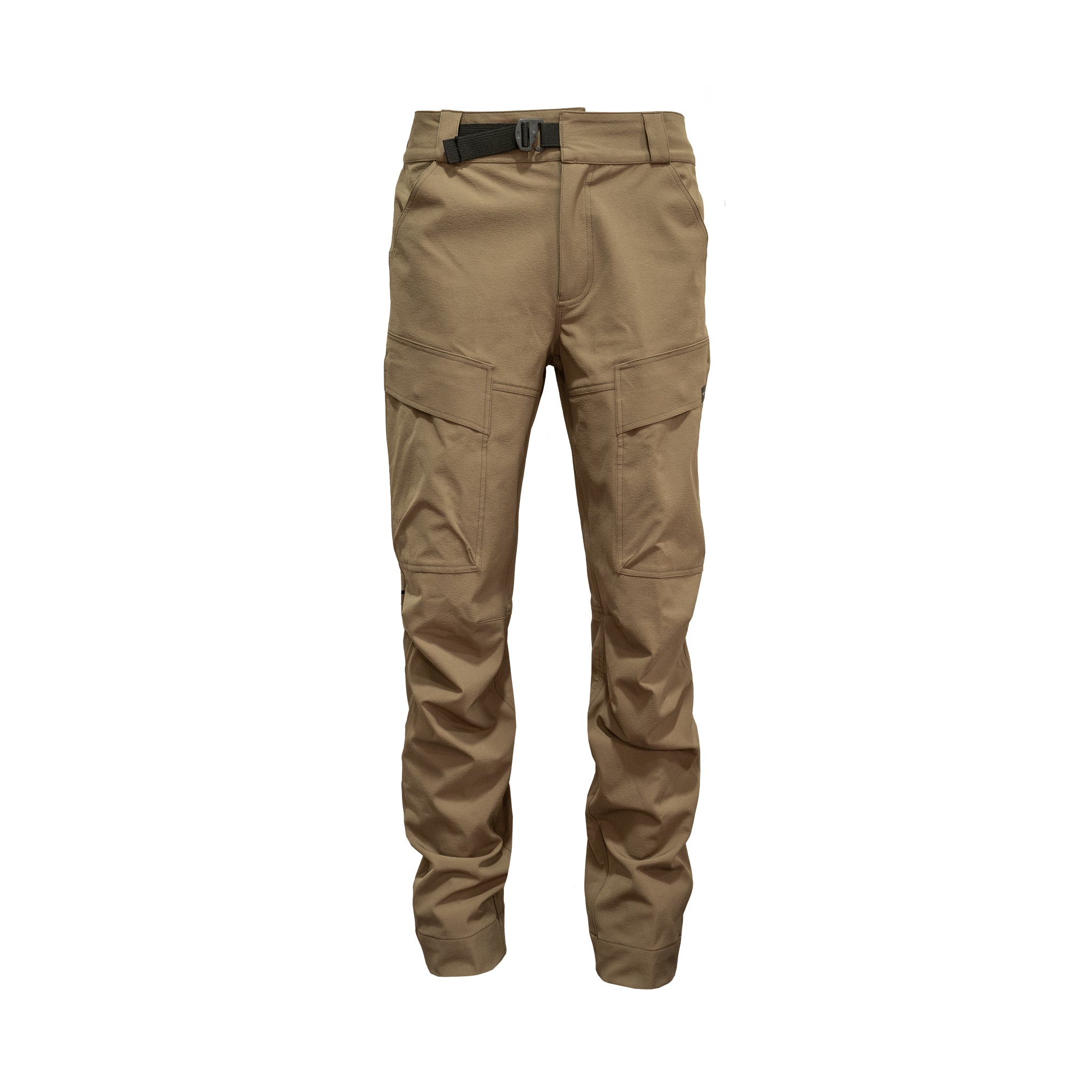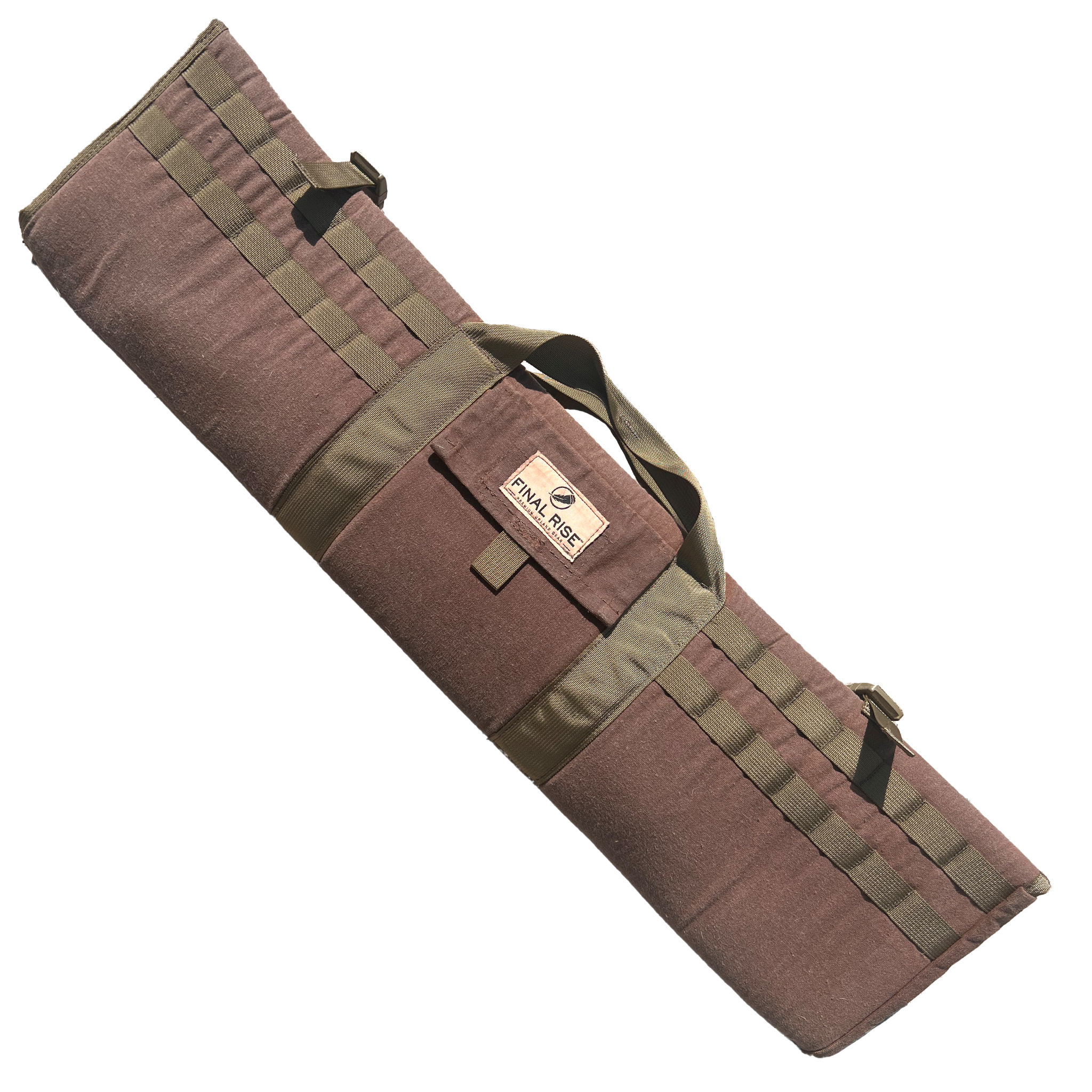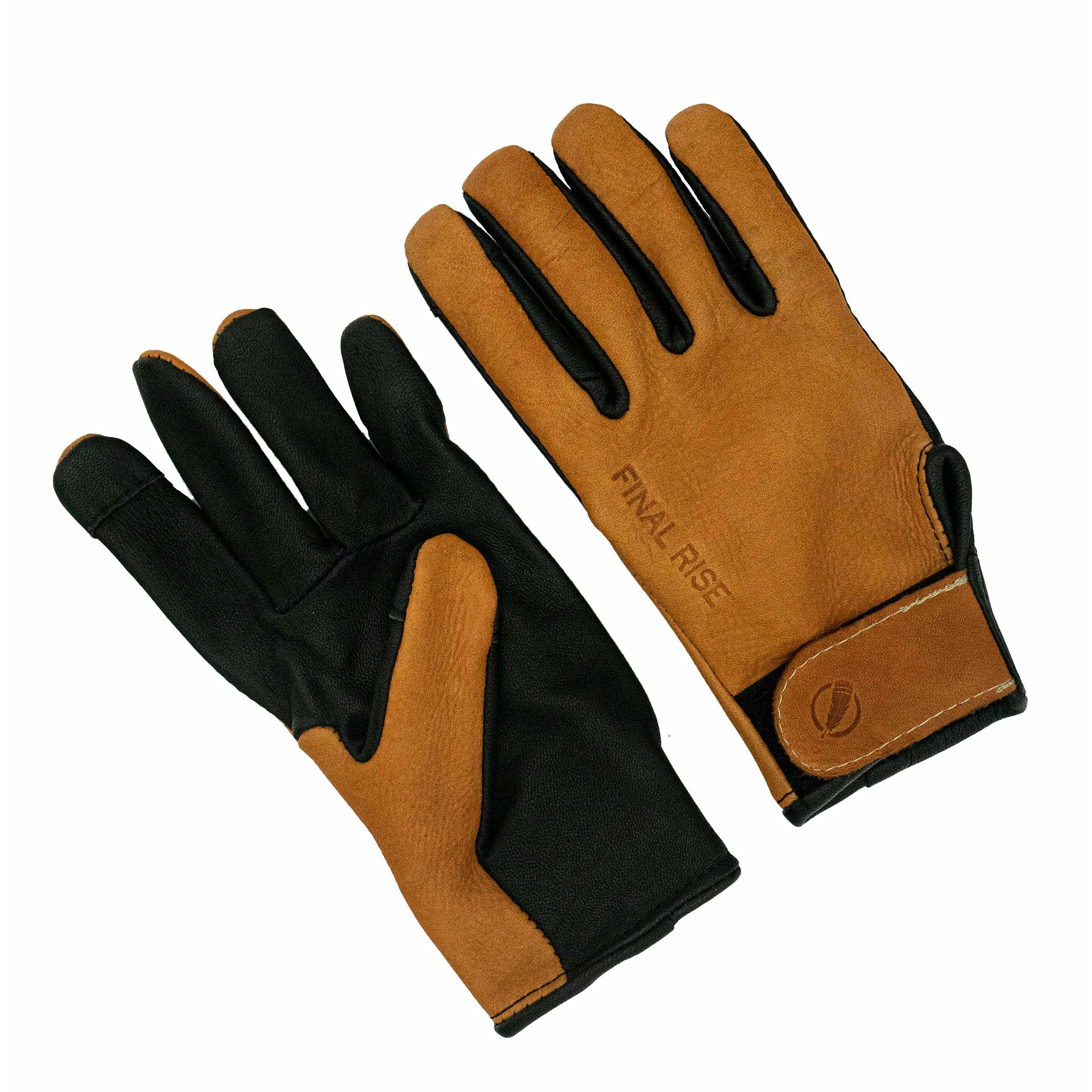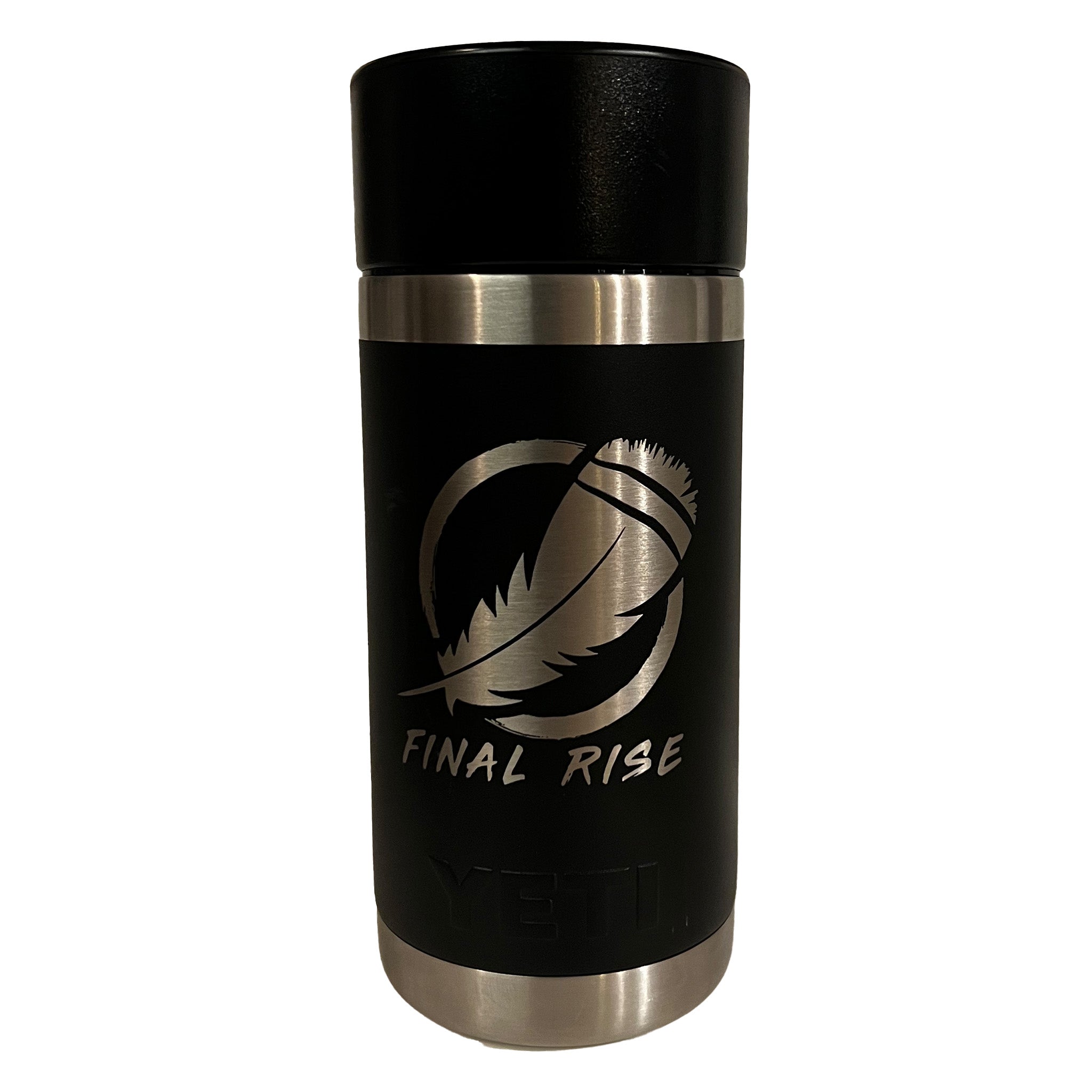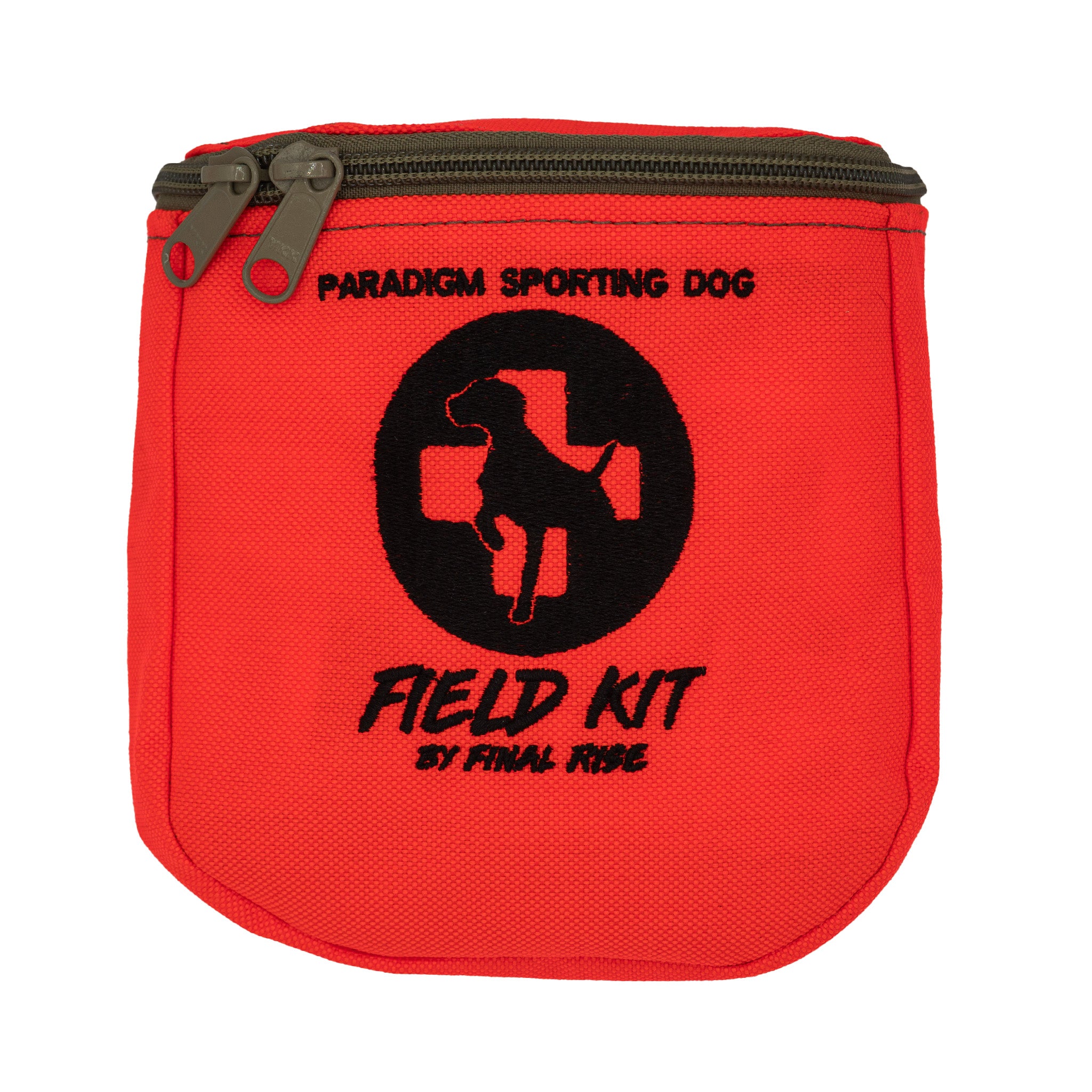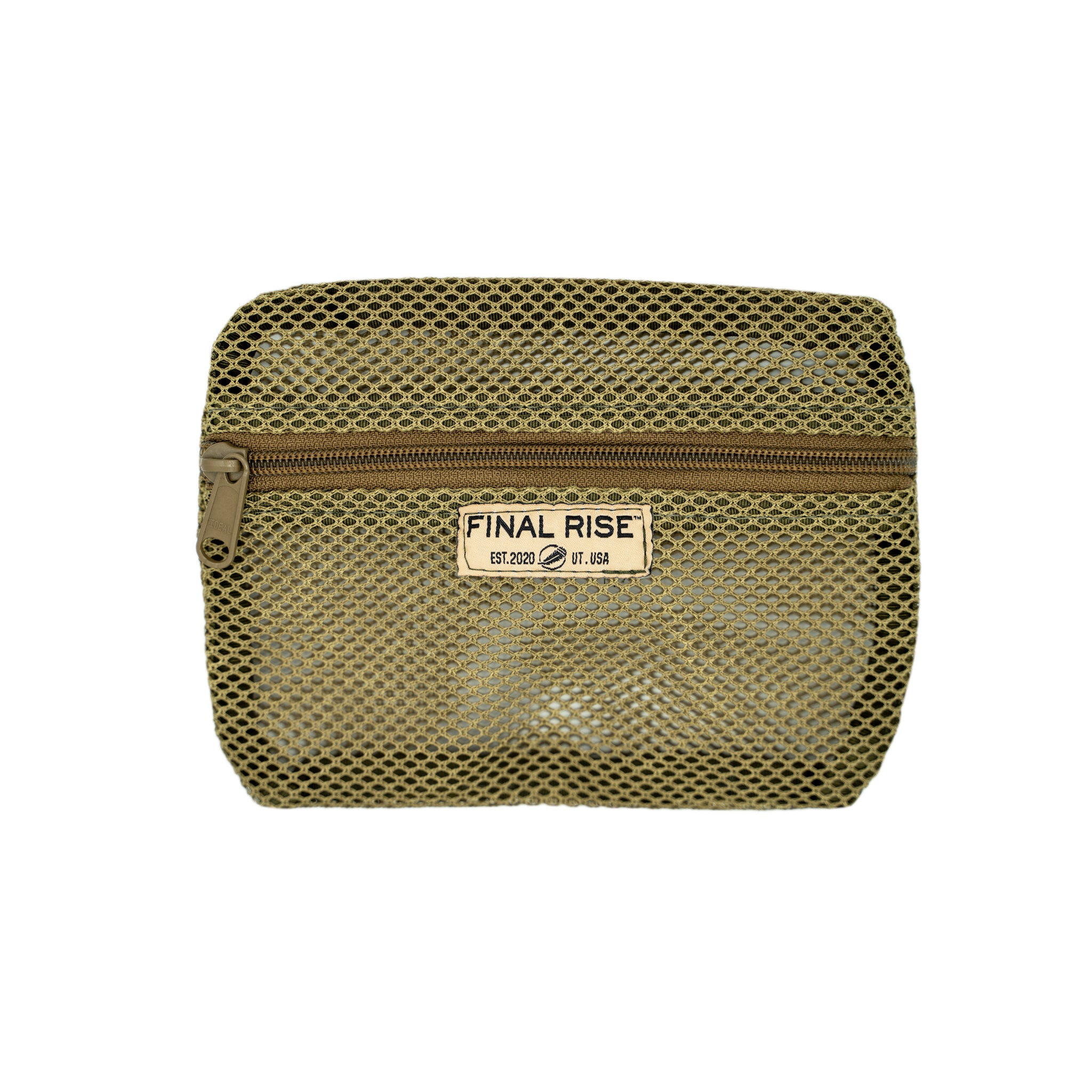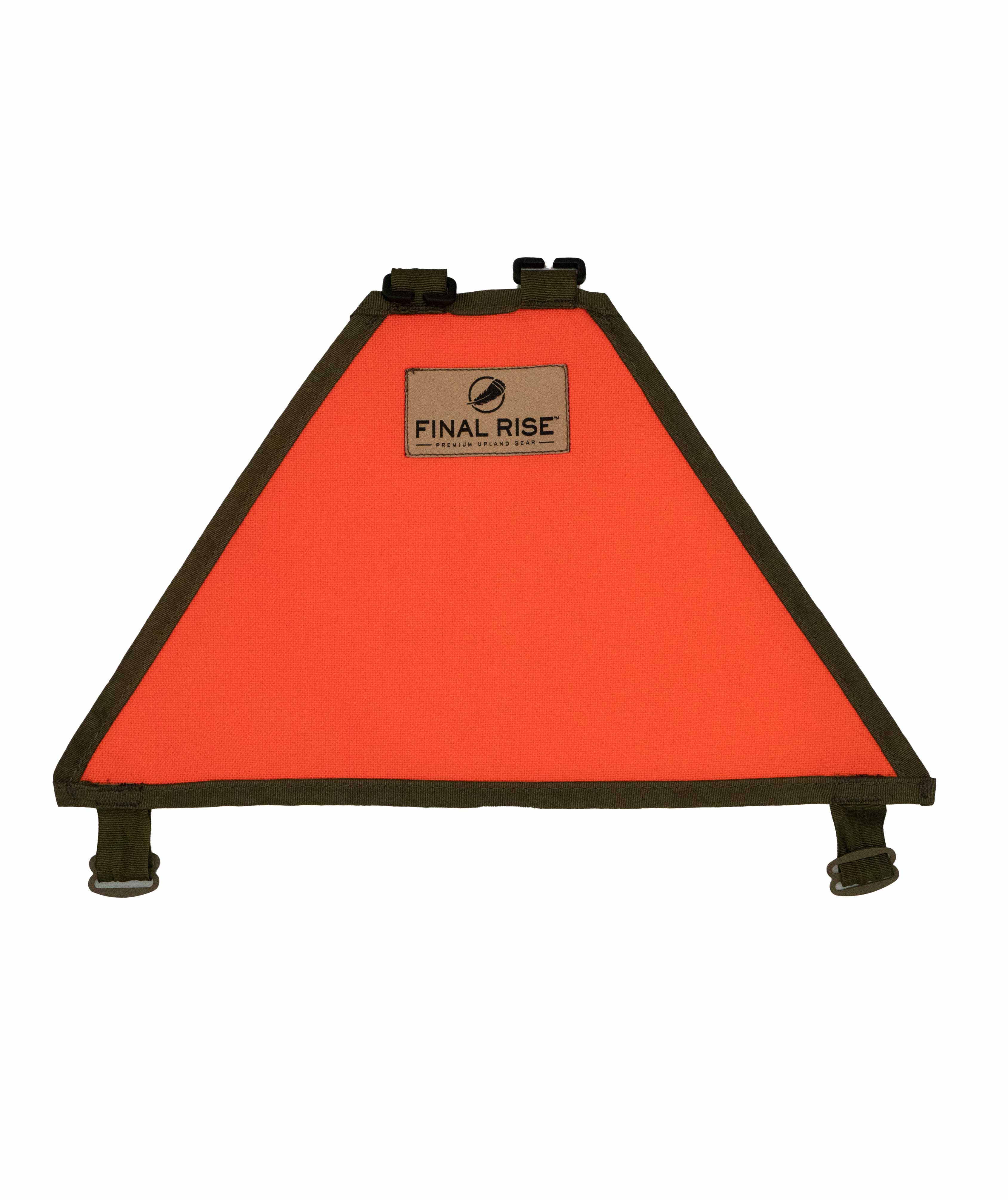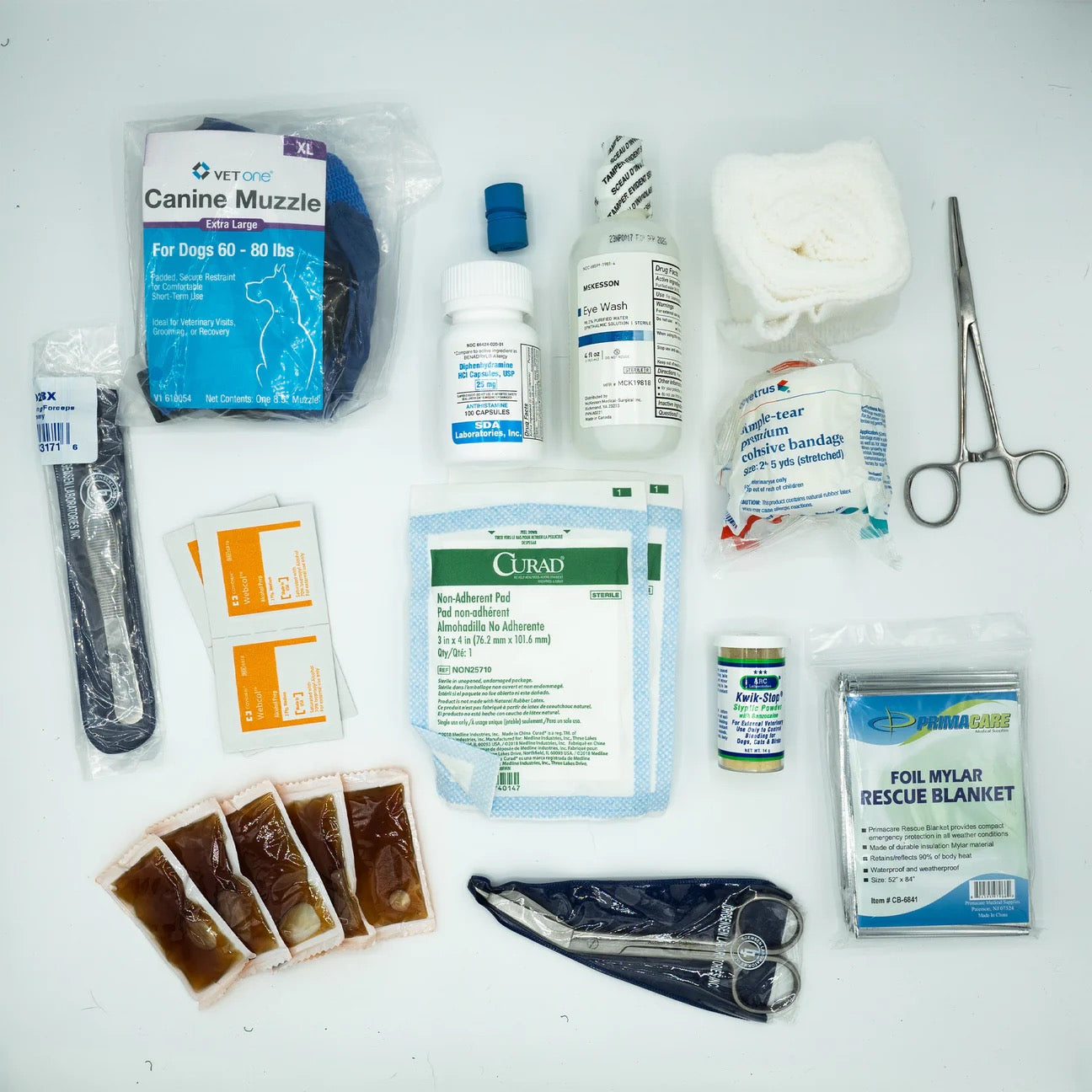
Upland First Aid Field Kit 'How To'
When Something Goes Sideways, You Want to Be the One Who’s Ready

“Failing to prepare is preparing to fail.” That’s not just a slogan. It’s something you learn the hard way when a hunt takes a turn.
Out in bird country, things don’t always go to plan. Your dog might rip a pad. Take a hit from a wasp. Blow a joint while cutting through rock or sage. And when you’re miles from the truck, the only thing standing between a bad day and a real problem is how prepared you are.
Having a dedicated dog-first-aid kit isn’t overkill. It’s being responsible. It’s being ready. It’s respecting the animal that hunts its heart out for you.
What’s in the Field Kit and What It Actually Does for You in the Field
Here’s what comes in the Final Rise First Aid Field Kit and why each piece matters when things go wrong:
Used for cleaning wounds or sanitizing tools. A dirty cut is an infected cut waiting to happen.
Non-stick dressing that covers wounds and protects raw tissue. Helps with drainage and makes changing wraps a lot less painful for your dog.
Used for allergic reactions. Swelling from bee stings, bug bites, or plant exposure can come on fast. This buys time. Know your dog’s weight and vet-recommended dosage before you ever need it.
Works as a natural antiseptic. Great for abrasions and burns. Also helps with low blood sugar in dogs that are running hard and skipping meals.
Stops minor bleeding quickly. Great for sliced paws, torn dewclaws, or over-trimmed nails. Fast bleeding control means faster decisions.
Flushes out grit, seeds, dust, and debris. Essential when running your dog through thick cover. One quick rinse might save you a vet trip.
Soft, flexible padding that protects limbs or joints. If your dog needs stabilization, this is the foundation.
Real Scenarios Where This Kit Matters
Dog jumps wrong off a rock ledge. Limping. You pad it, wrap it, and if needed use your FINAL RISE upland strap vest to safety and comfortably get to the truck and ultimately to your vet.
The time to learn how to use your kit is not when something’s already gone wrong.
Hunt Hard. Be Ready. Do Right by Your Dog.
Being prepared in the field isn’t about being paranoid. It’s about caring for your dogs. Your dog hunts with grit and drive every time it hits the ground. The least you can do is carry the tools that let you return the favor if something happens.
No one wants to use a first aid kit. But if that moment ever comes, you’ll be damn glad you had one built for what we do.

